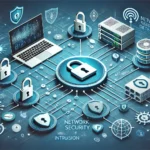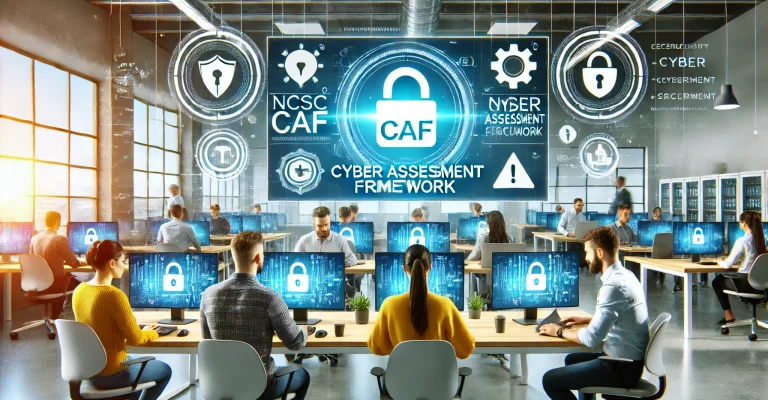Identity Theft introduction
Identity theft is a growing concern in our digital age, with criminals using various methods to steal personal information and exploit it for illegal purposes. This can include making unauthorized purchases, opening new credit accounts, or even committing crimes in the victim’s name. The impact of identity theft can be devastating, leading to financial loss, damage to credit scores, and even legal troubles for the unsuspecting victim.
To protect yourself against identity theft, it’s crucial to understand how it happens and what you can do to prevent it.
Phishing
One common way that thieves steal personal information is through phishing scams. These scams involve sending emails, text messages, or phone calls that trick you into giving away sensitive information. Often, these messages appear to come from legitimate sources, such as banks, government agencies, or well-known companies, making it difficult to recognize the deception.
To protect against phishing:
- Be wary of any unsolicited messages or calls that ask for personal information.
- Look out for generic greetings, poor grammar, and urgent language, which are common signs of phishing.
- Verify the legitimacy of the request by contacting the organization directly using a known phone number or email address.
- Avoid clicking on links or downloading attachments from unknown sources.
Hacking
Thieves can also steal personal information through hacking. This can involve breaking into computer systems or using malware to access sensitive data. Hackers employ various tactics, such as exploiting software vulnerabilities, using brute force attacks to crack passwords, or distributing malicious software through email attachments or infected websites.
To protect against hacking:
- Ensure your computer’s security software is up-to-date, including antivirus, anti-malware, and firewall programs.
- Use strong, unique passwords for each of your online accounts, and change them regularly.
- Enable two-factor authentication (2FA) wherever possible to add an extra layer of security.
- Be cautious when clicking on links or downloading attachments from unknown sources.
Skimming
Skimming is another method used by thieves to steal credit card information. This involves placing a device on a card reader, such as an ATM or retail store, which captures the information from the card’s magnetic stripe. Some skimming devices are sophisticated and almost undetectable, making it essential to stay vigilant.
To protect against skimming:
- Be cautious when using card readers in public places and inspect the device for any signs of tampering.
- Use ATMs located in well-lit, secure areas, such as bank branches.
- Consider using contactless payment methods or mobile payment apps, which are less susceptible to skimming.
- Regularly check your bank statements and credit card accounts for any unauthorized transactions.
Dumpster Diving
Lastly, thieves can also steal personal information through “dumpster diving.” This involves going through rubbish to find documents that have sensitive information, such as bank statements, credit card bills, or medical records. Even discarded mail can provide valuable information for identity thieves.
To protect against dumpster diving:
- Shred any documents containing personal information before disposing of them.
- Use a cross-cut shredder for more security, as it makes it harder to reconstruct shredded documents.
- Consider going paperless for your bank statements, bills, and other sensitive documents.
- Keep your mail secure, and promptly retrieve it from your mailbox.
Additional Tips for Protecting Against Identity Theft
Beyond understanding and guarding against these common methods, there are several other strategies you can employ to protect your personal information:
- Secure Your Personal Information: Keep important documents, such as your Social Security card, birth certificate, and passport, in a safe place at home. Avoid carrying them with you unless absolutely necessary.
- Use Strong Passwords: Create complex passwords that combine letters, numbers, and symbols. Avoid using easily guessable information, such as birthdays or pet names.
- Monitor Your Financial Accounts: Regularly review your bank and credit card statements for any suspicious activity. Set up alerts to notify you of any large or unusual transactions.
- Check Your Credit Report: Obtain a free credit report annually from each of the major credit reporting agencies (Equifax, Experian, and TransUnion) to check for any unauthorized accounts or activities.
- Be Cautious with Personal Information: Limit the information you share on social media and be mindful of what you show in online forms or surveys.
- Freeze Your Credit: Consider placing a credit freeze on your accounts, which makes it more difficult for identity thieves to open new accounts in your name.
What To Do If You’re a Victim of Identity Theft
If you suspect that your personal information has been compromised, it’s essential to act quickly to minimize the damage:
- Contact Your Bank and Credit Card Companies: Report any unauthorized transactions and request new account numbers.
- Place a Fraud Alert: Contact one of the major credit reporting agencies to place a fraud alert on your credit report, which will make it more difficult for thieves to open new accounts in your name.
- File a Report with the Federal Trade Commission (FTC): Visit IdentityTheft.gov to report the theft and create a personalized recovery plan.
- File a Police Report: Contact your local police department to file a report, which can help with resolving disputes with creditors and clearing your name.
- Monitor Your Accounts: Continue to check your financial accounts and credit reports for any signs of further unauthorized activity.
Conclusion
Identity theft can have serious and far-reaching consequences, but by staying informed and taking proactive measures, you can significantly reduce the risk of falling victim to it. Implementing strong security practices, such as using robust passwords, regularly checking your financial accounts, and being cautious with your personal information, can help keep your identity safe. In the event that you do become a victim of identity theft, knowing the steps to take can help you quickly address the issue and minimize the damage. Stay safe and vigilant to protect your personal information in this increasingly digital world.
Further Reading and Resources
For more information on protecting yourself from identity theft, check out these resources:














